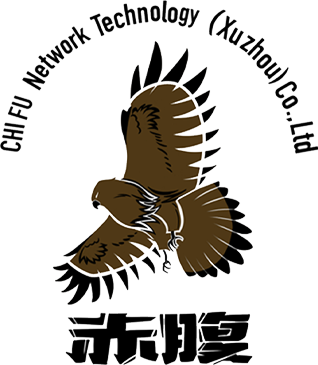Flying your UAV or drone for the first time? But, with time, and a little advice you will be able to fly much more effectively. An Unmanned Aerial Vehicle is also known as a drone, it is a type of advanced flying machine that can be remotely controlled. We cover some essential concepts and a few tips that will guide you in the learning process, both for flying faster and for doing it safely.
Flying your UAVBefore you take off and start flying your UAV. Your UAV should be in your line of sight at all times when you are flying it. Basically, you need to have clear visual contact with the UAV whenever it is in the air. For that matter, if its your local airport, and you are planning on flying at 3pm when the winds die down; isolate yourself in a corner to get cellphone service as this gives people some idea of what your intentions are. Remember to check if any permissions are required when you fly your UAV in that area and finally take off!
Also very important; fly according to local laws and rules. You definitely do not want to be flying near airports and military bases, as these can be risky areas for you and everyone around. Instead, search for clearings that are visible yet not overly convenient. Ensure that your UAV has nothing around its immediate surroundings, e. g., trees or buildings, to hamper its movement.
There are many ways to control a UAV, and each method allows the UAV to move differently. You have to get used to the controls so you can easily master the use of a remote. It is the very basics of how those controls work that will allow you to fly your UAV correctly. There are the big picture controls you will use -
Start out with small and slow movements when first beginning to practice That way you can become familiar with how the UAV reacts to different things so when you do go speeding off to the fastest and highest, you have some idea of what is going to happen. Gradually Increasing Your Speed and Altitude to Become a Better UAV Pilot
The most prominent aspect of these control systems is its potential to achieve stability and trim for the UAV in flight. They use sensors of the ground, find out when the UAV is falling of its course and keep it on track. It makes sure the UAV stays on track in case of a failure. A decent control system will feature fail safes that keep the UAV safe, even if it loses signal or low battery levels.
Always ensure you fly your UAV in open regions not crowded and obstacle-free regions as well. So in other words just generally steer clear of tree-packed, building-stuffed, anything else filled-with type areas. Also, try to maintain a post distance with humans and animals around you.


Copyright © Chifu Network Technology (Xuzhou) Co., Ltd. All Rights Reserved - Blog - Privacy Policy